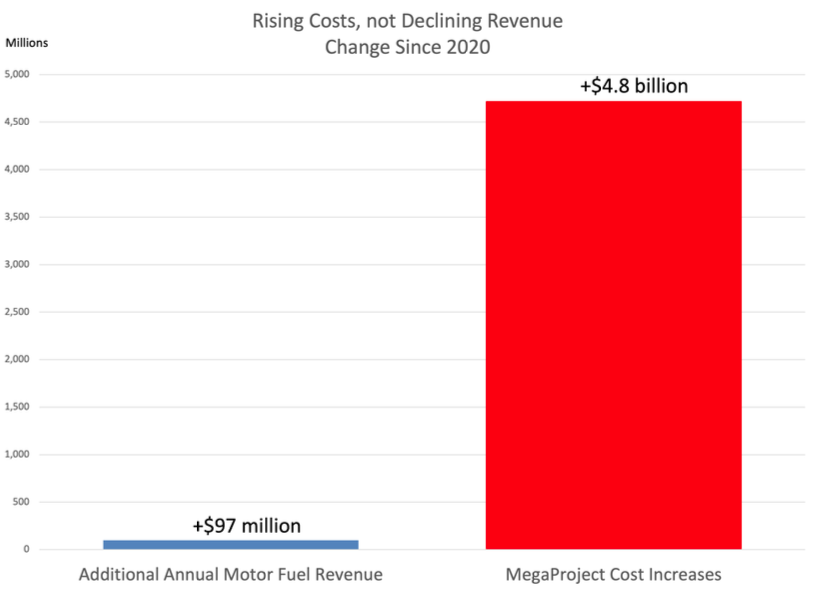The ODOT accountability charade
Every time Oregonians are asked to pony up more money for roads, ODOT trots out a report saying that they’re definitely going to improve their management and stop blowing through budgets. And they’re doing it
The ODOT accountability charade Read Post »


